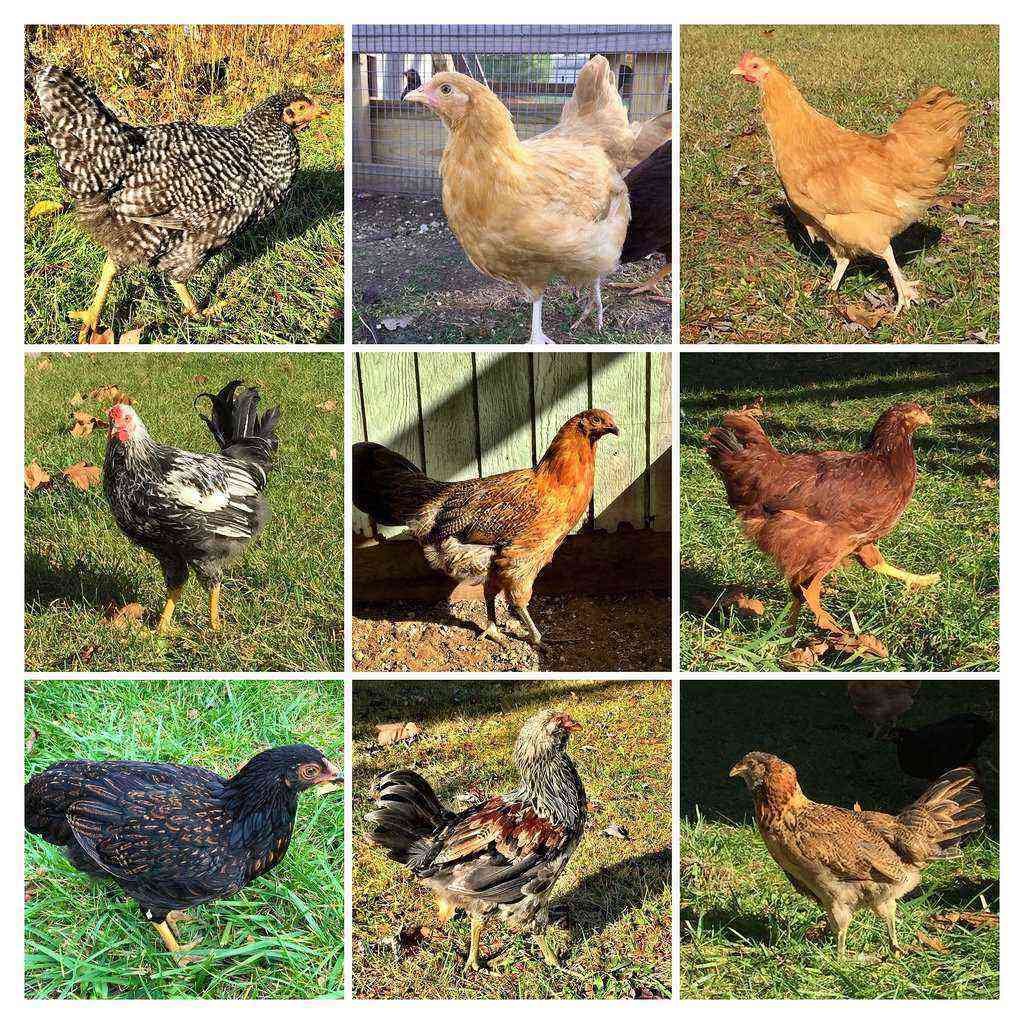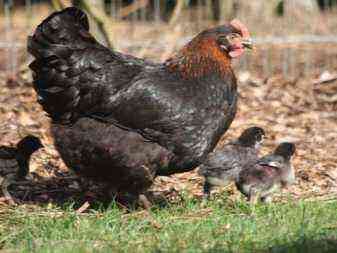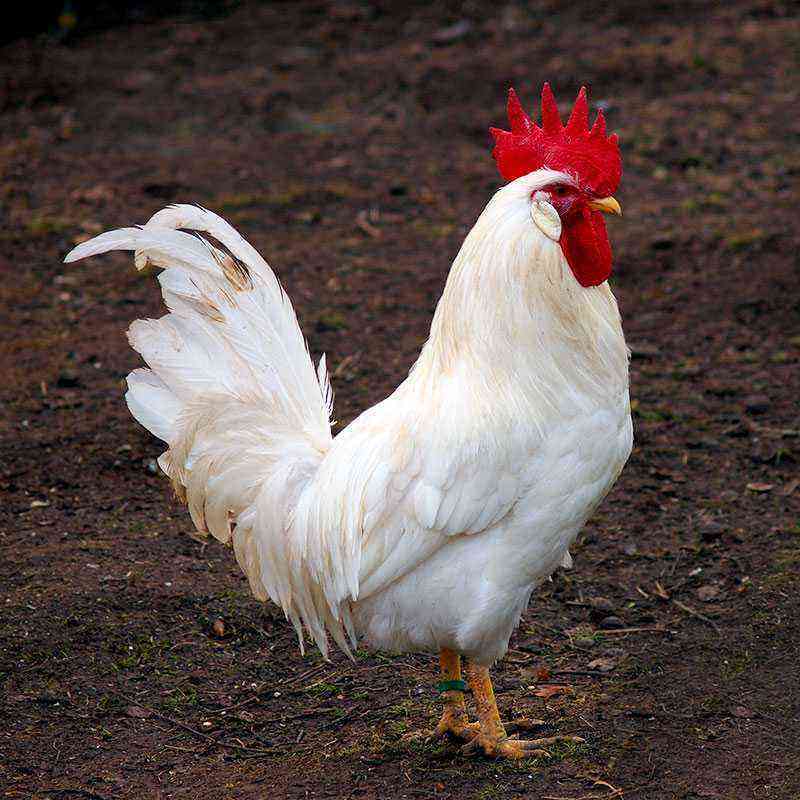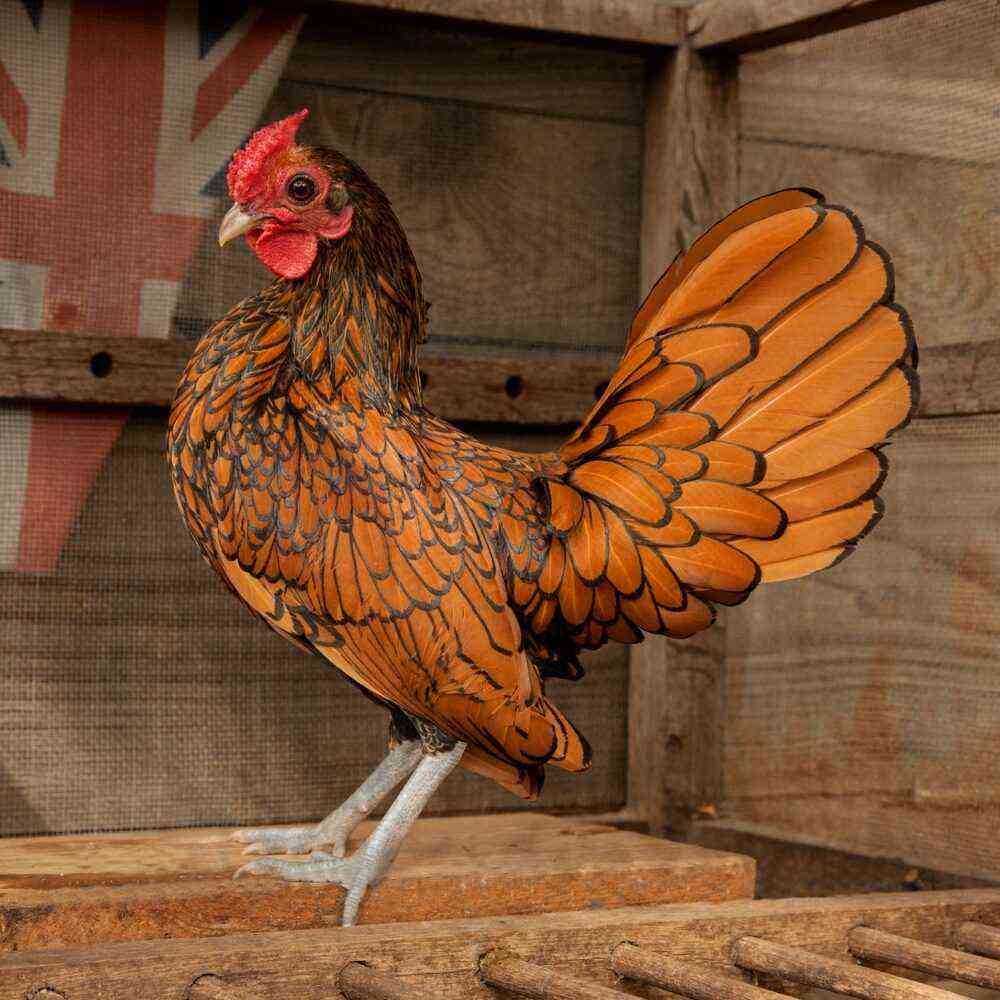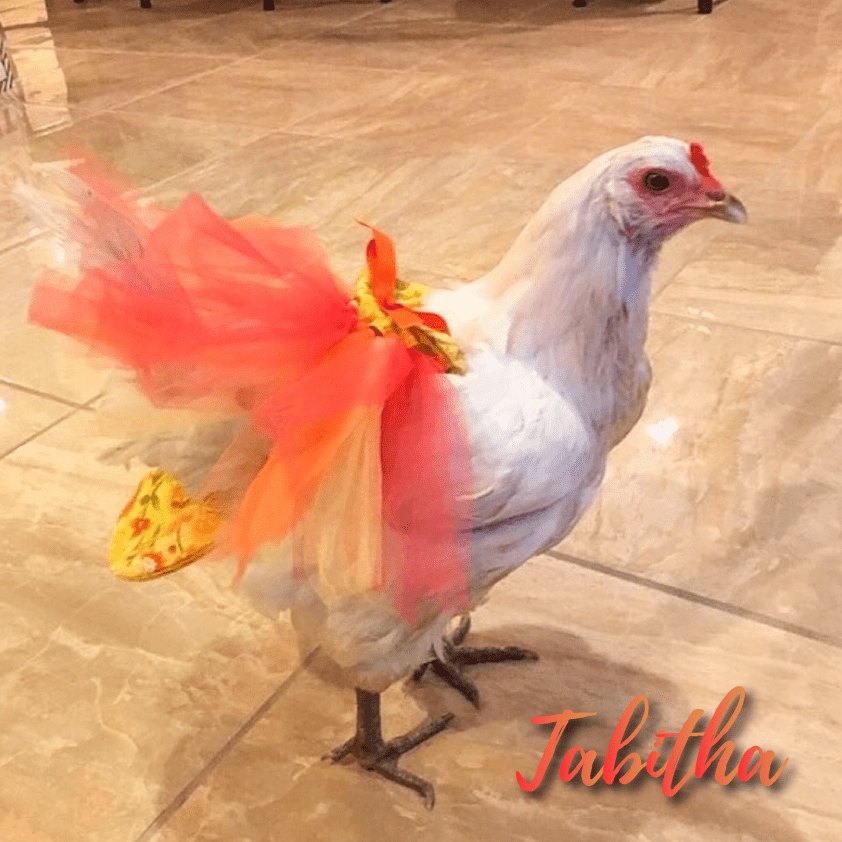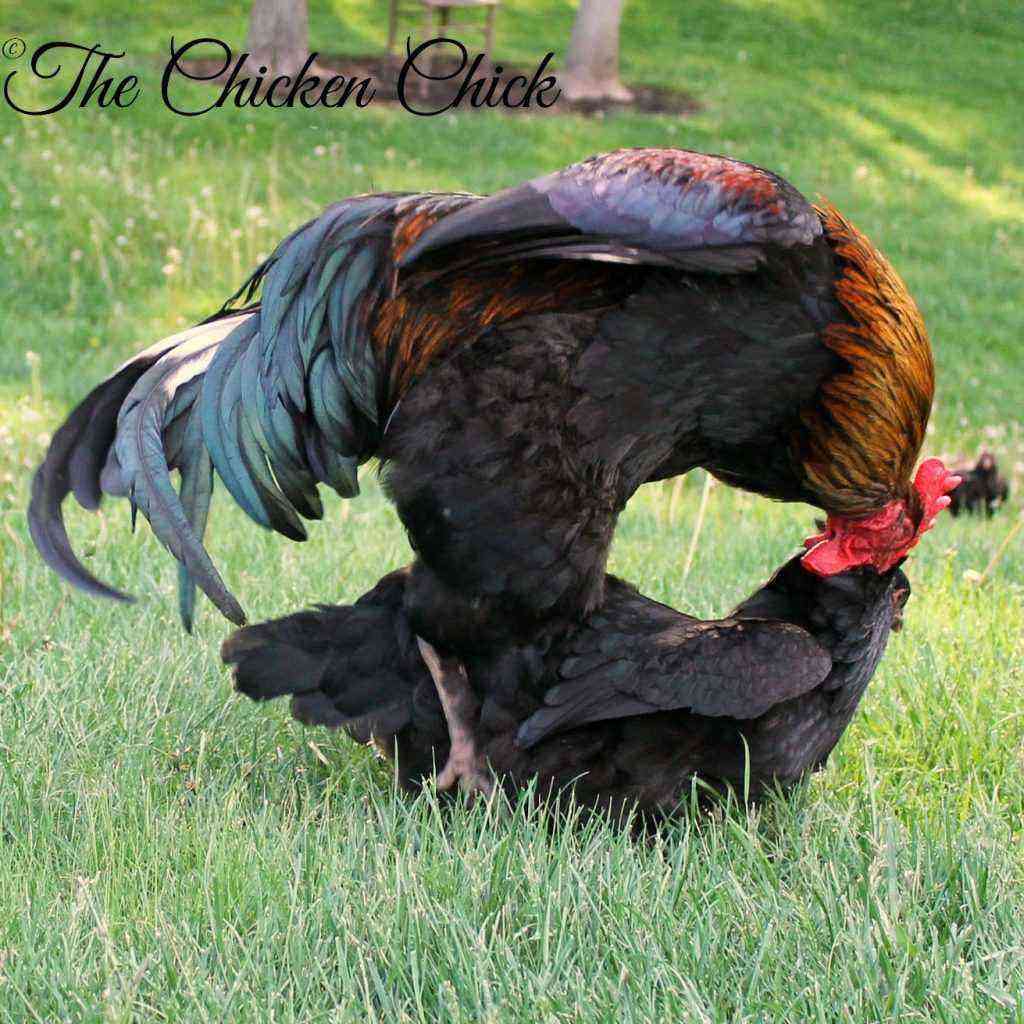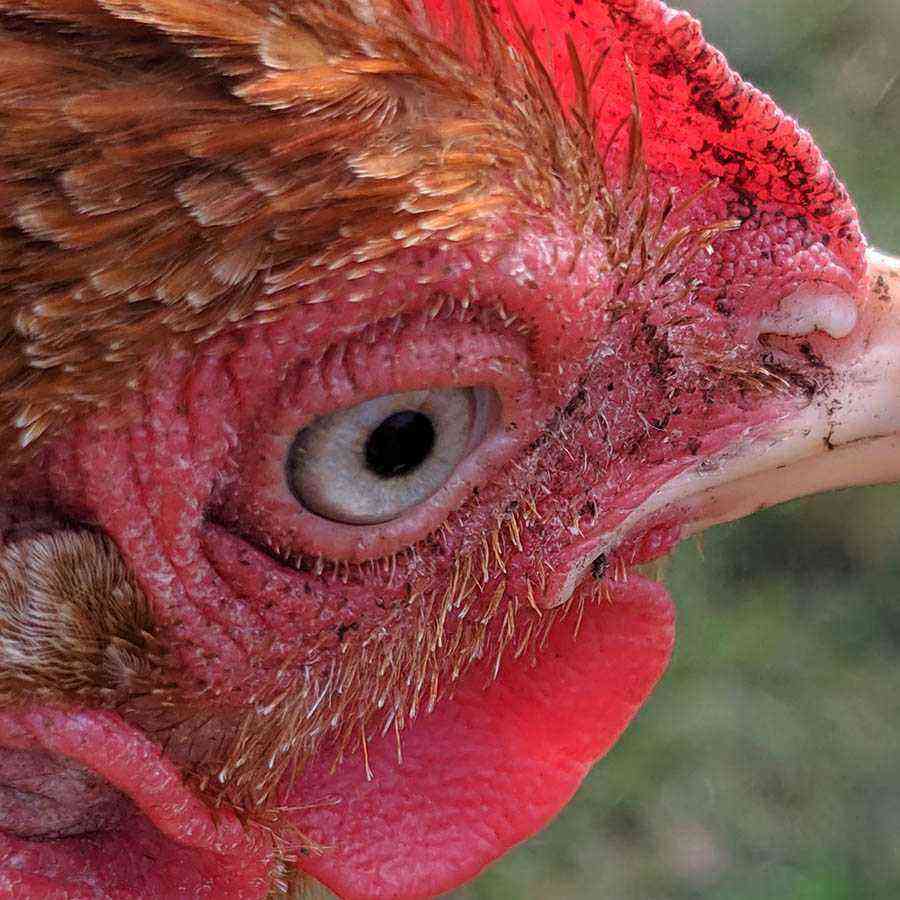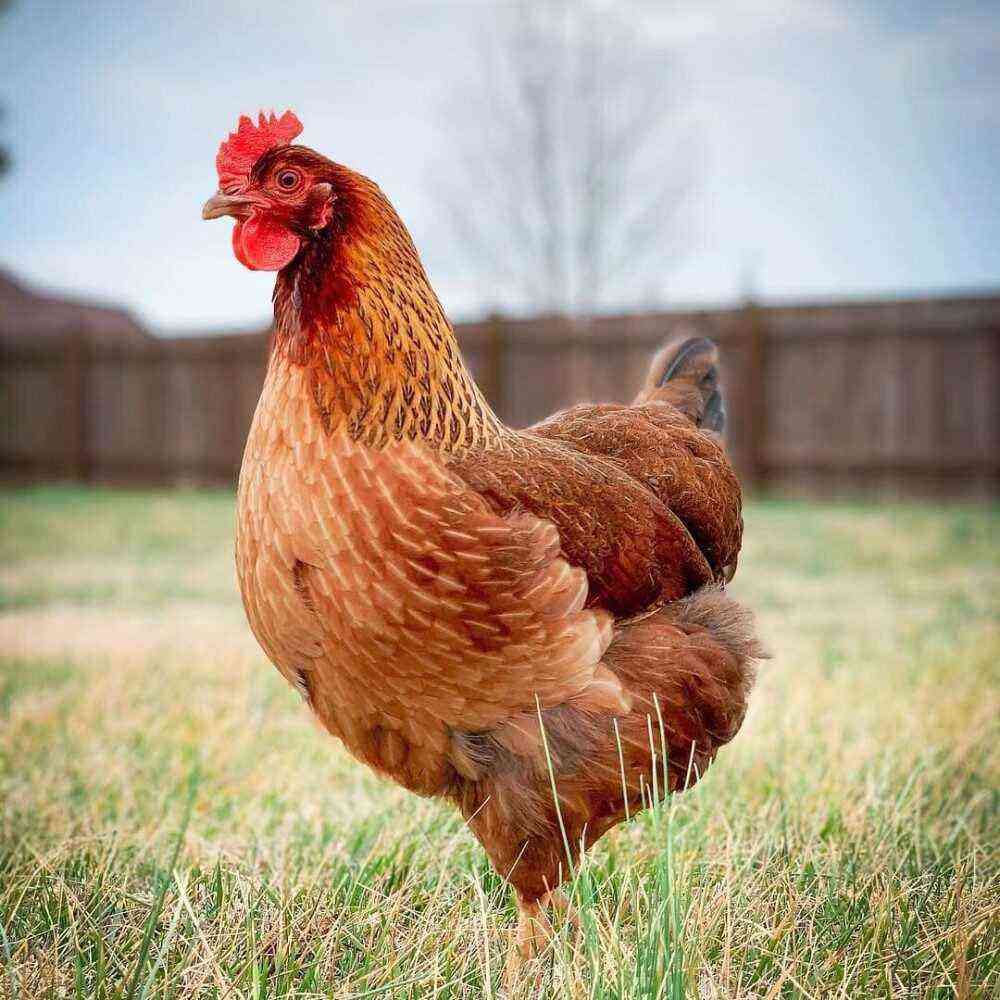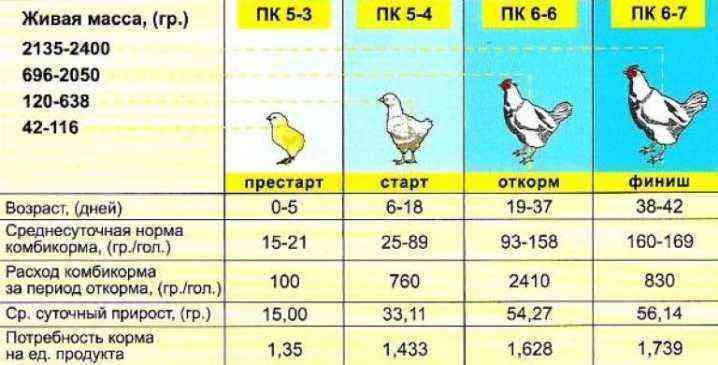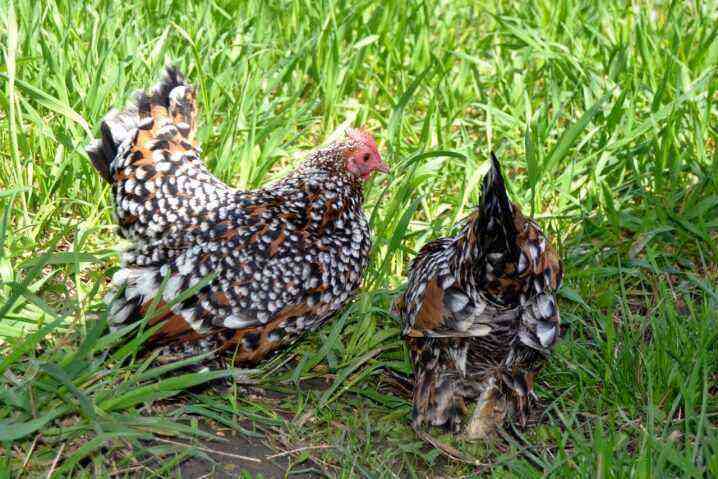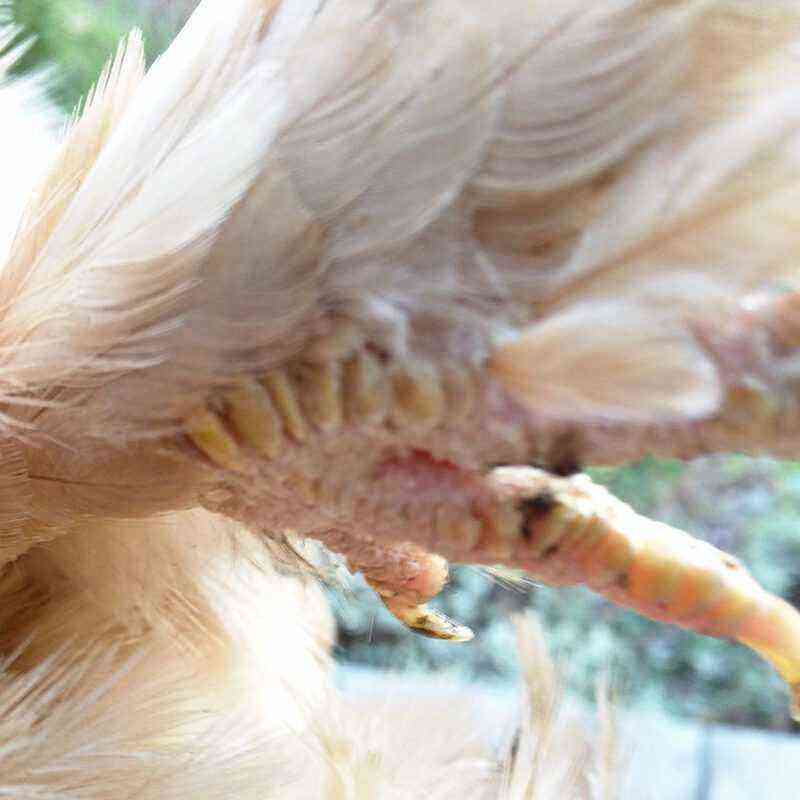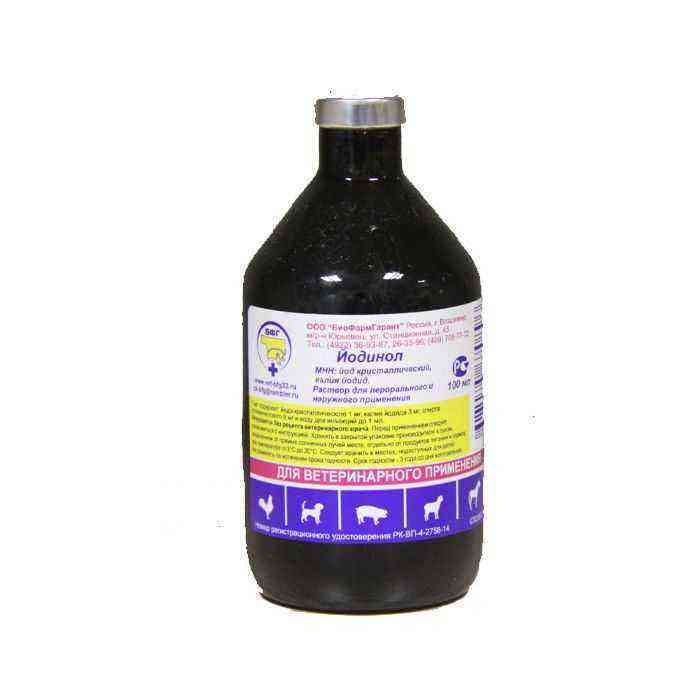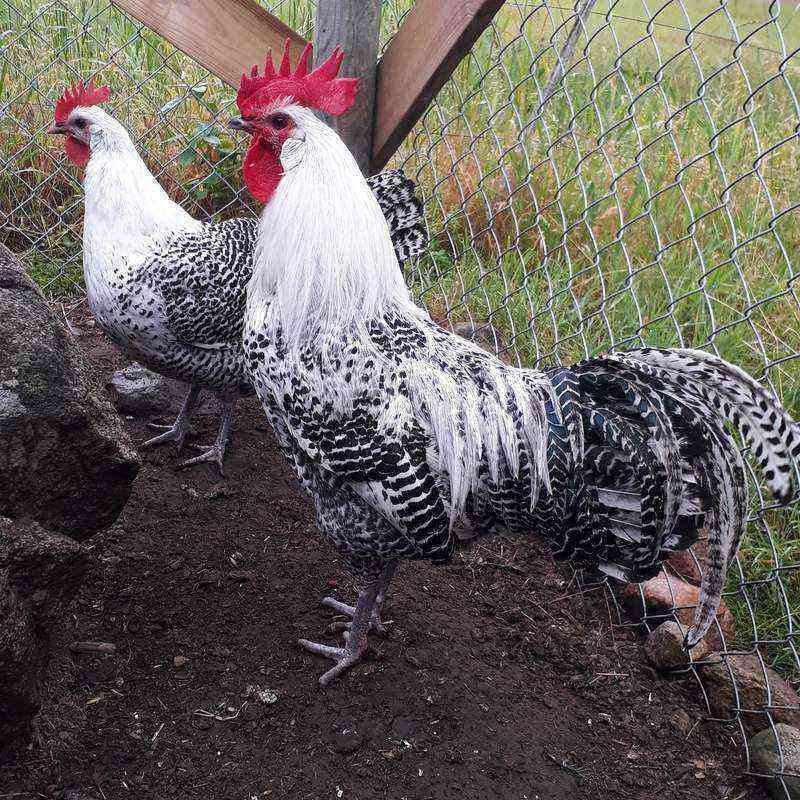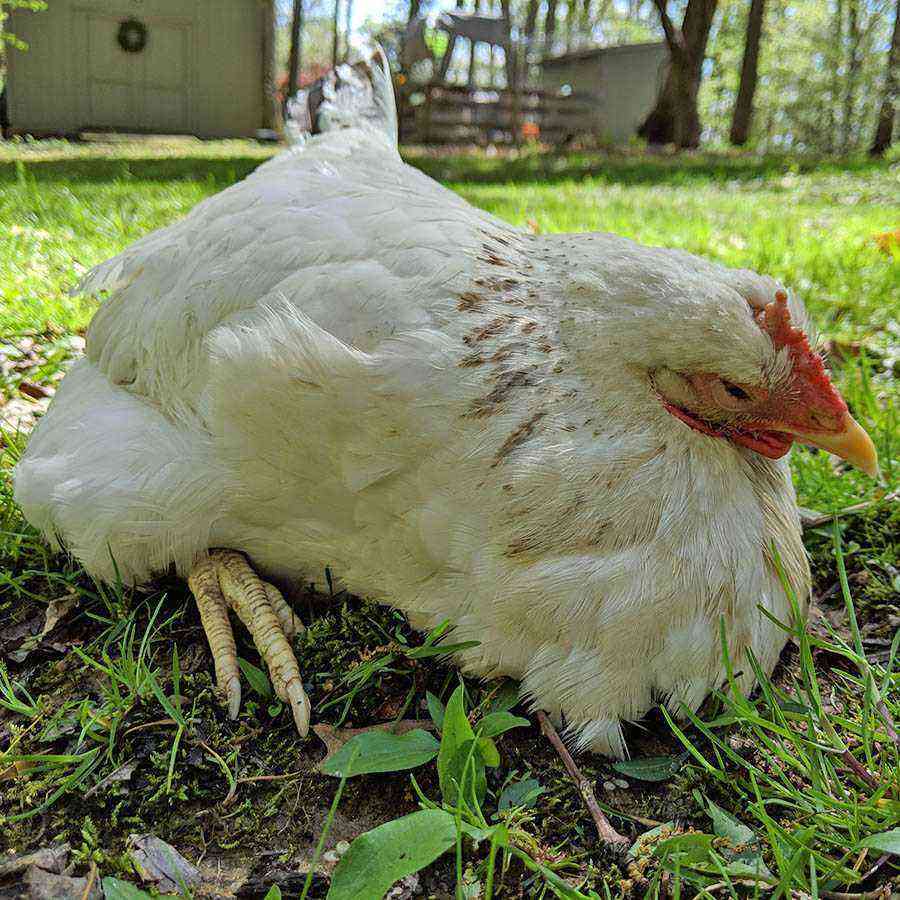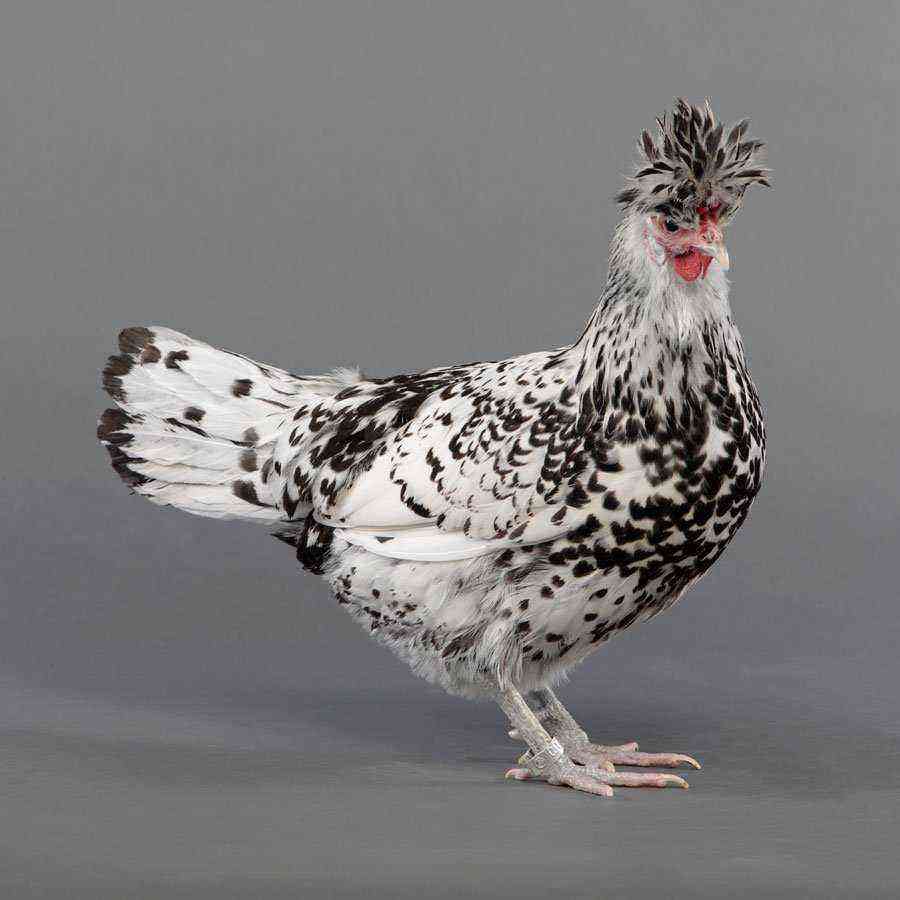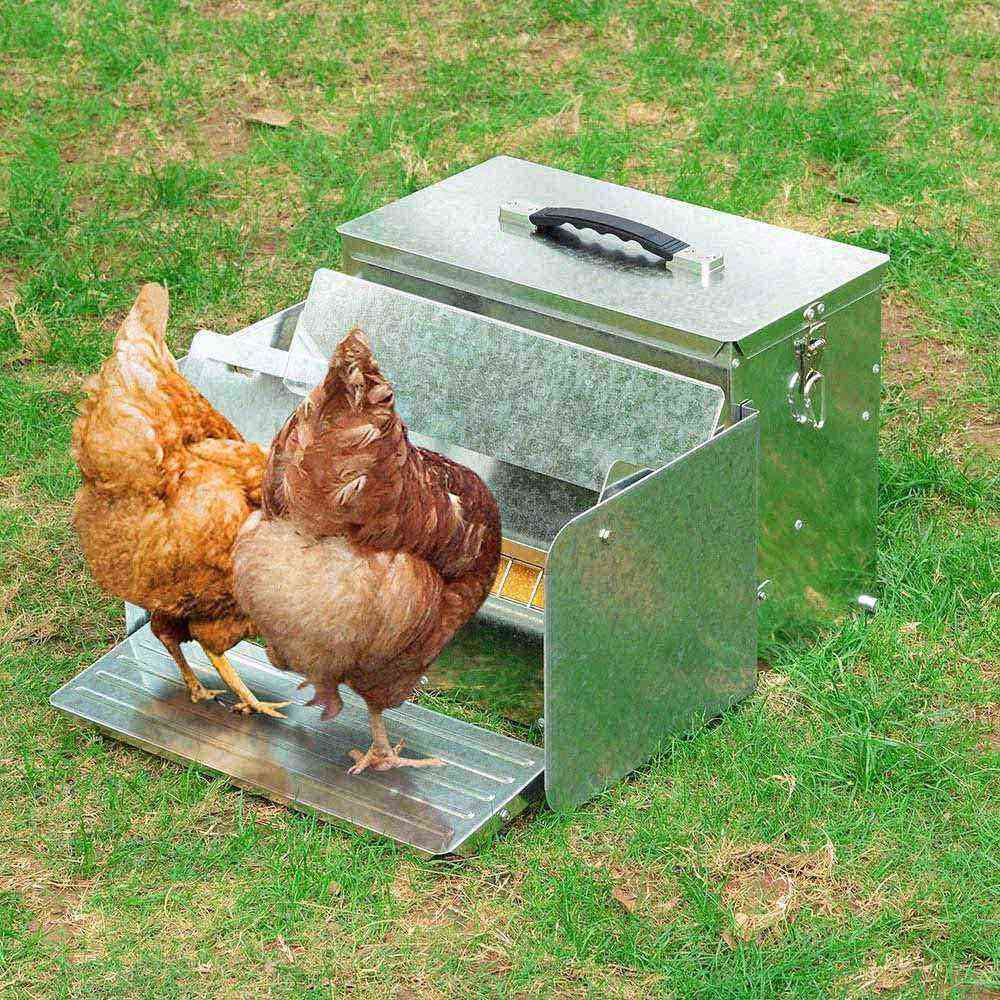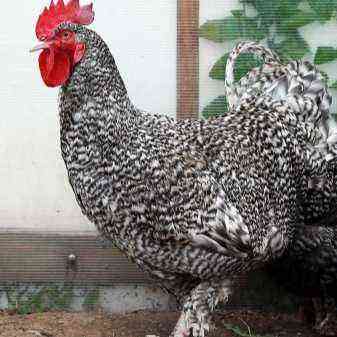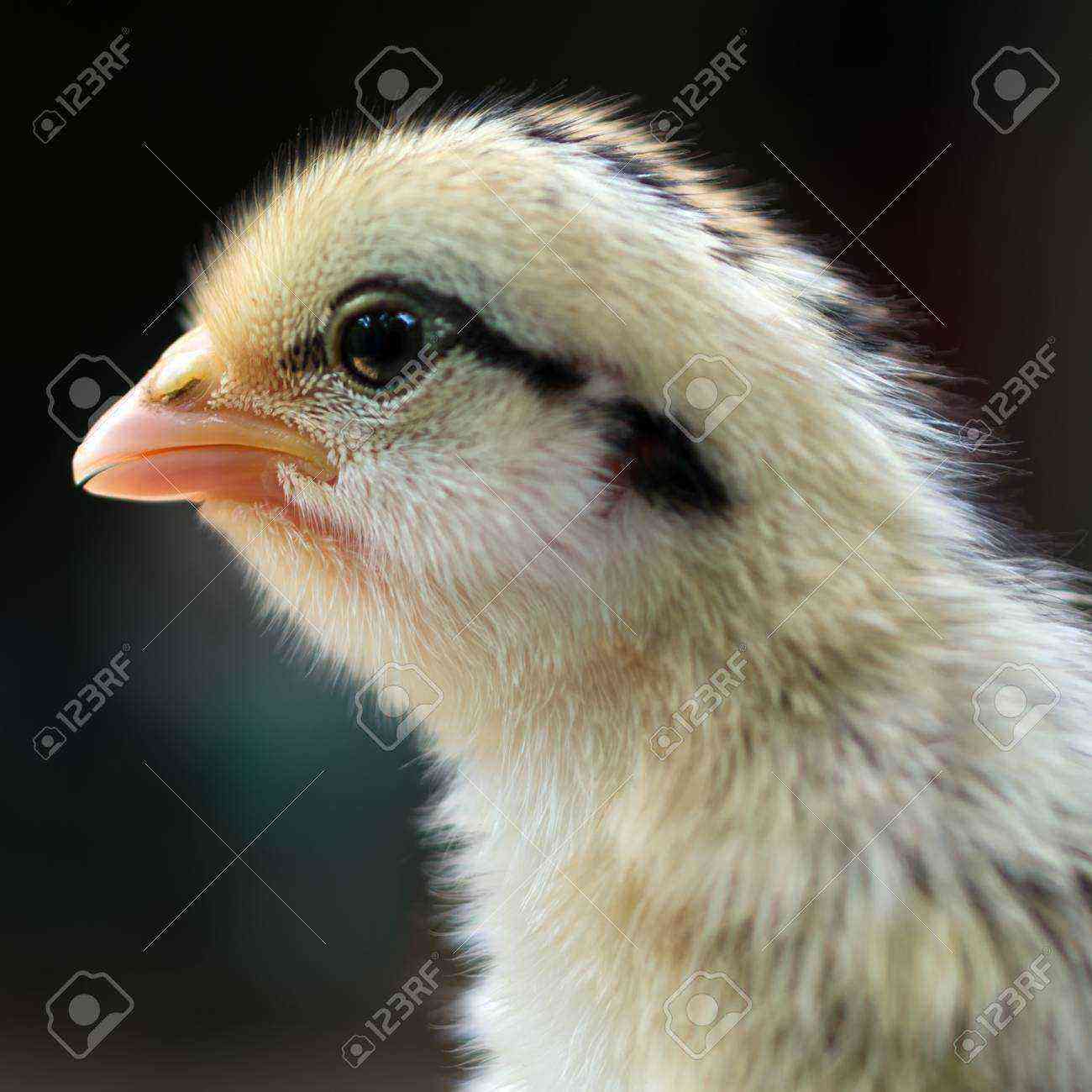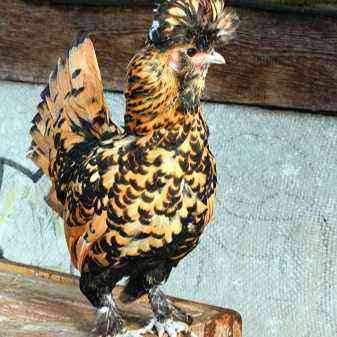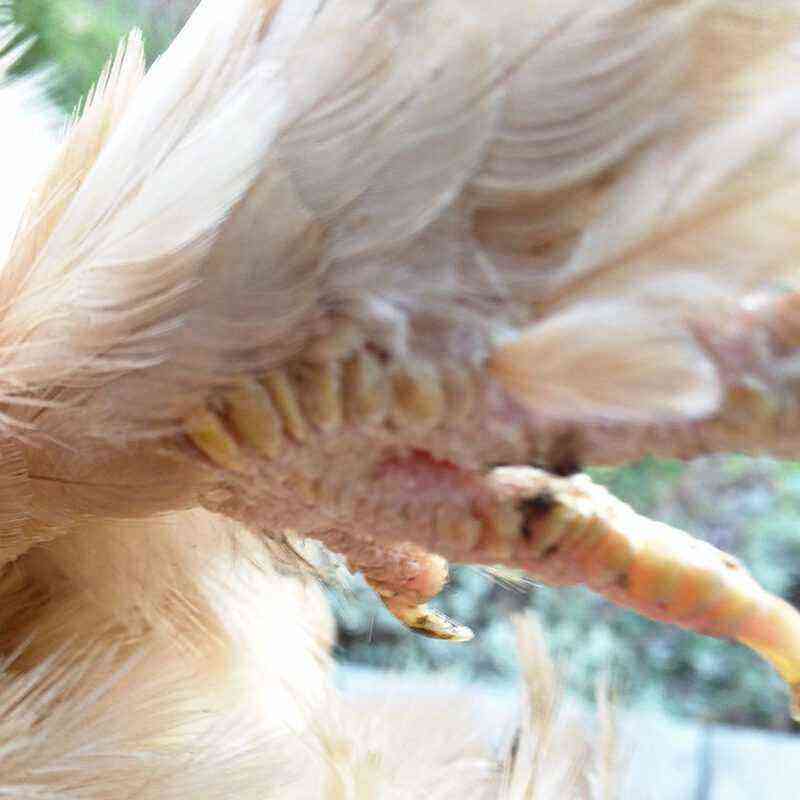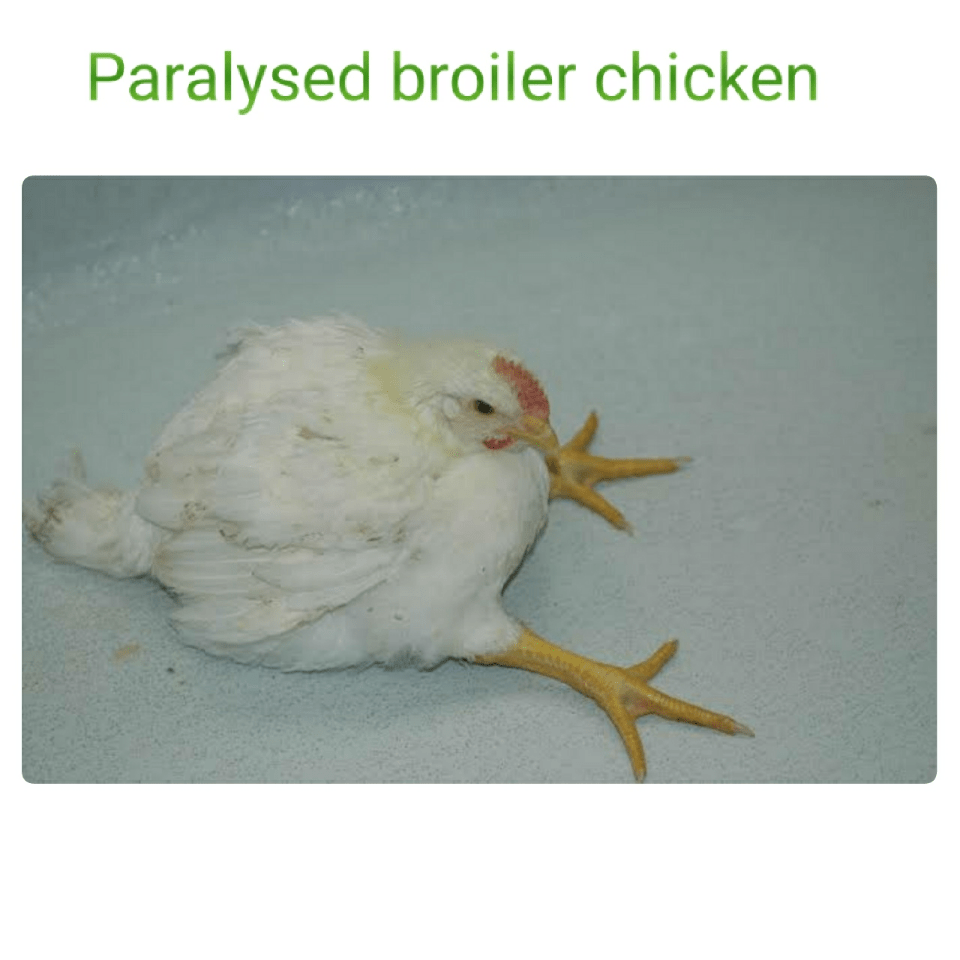Although chickens are not as susceptible to smallpox infection as turkeys and pigeons, the risk of catching the disease is very high. Smallpox is a viral disease and can be of two types: cutaneous and diphtheria. The first is characterized by the appearance of proliferative, nodular lesions on areas of the skin that are not feathered. The second form – diphtheria is characterized by the development of the virus in the esophagus, oral cavity and mucous membrane of the upper respiratory tract.
The disease can be acute and lead to death or develop into a chronic one. Then the chicken will become dangerous for the rest of the livestock, as it is a carrier of the virus. Mortality usually occurs if the bird has a second – diphtheria form of infection. It is more complex due to the defeat of other infections and develops rapidly in poor conditions. When laying hens are infected with the cutaneous form of smallpox, they usually survive. Although, death is not excluded in cases of manifestation of a generalized infection.
This disease is not transmitted to agricultural and other animals and people. They can only infect feathered pets, regardless of age, breed and gender.
Recognizing smallpox of both forms is quite simple. With cutaneous nodular lesions, the eyelids, earrings, comb and other non-feathered parts of the bird’s body are covered. Diphtheria is characterized by the appearance in the oral cavity, in the esophagus and trachea of ulcers or yellowish lesions. Its symptoms are similar to respiratory ones.
Smallpox is transmitted through insects, other birds, even through a person, or rather his clothes. The virus enters the wounds or eyes of feathered pets and begins to infect them.
As a rule, several hens or the whole livestock are ill with smallpox. Infected laying hens significantly reduce oviposition, lose weight, and lose their appetite. Mostly birds infected with the skin form of the disease recover. The duration of the disease is about three to four weeks, sometimes longer.
It is important to correctly identify the disease and not confuse it with infectious laryngotracheitis or herpes.
A vaccine against smallpox was developed on the basis of a chicken embryo. It is administered to chicks on the first day of life or four weeks of age, or later – to young animals – a month or two before the start of oviposition. Incorrect dosage leads to serious development of the disease.
A week or ten days after vaccination, it is necessary to examine the poultry population. At the injection site, chickens should have a crust or swelling. This indicates a successful vaccination. If there are no traces of vaccination, then the drug was bad, expired, of poor quality, or was introduced incorrectly. It may also indicate a re-introduction of the drug.


